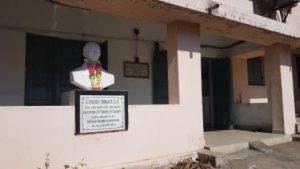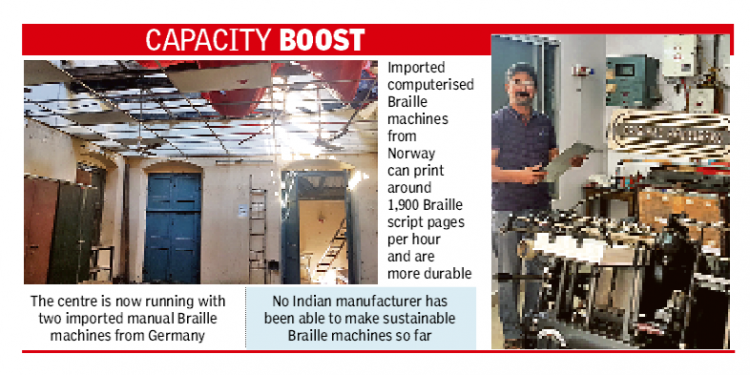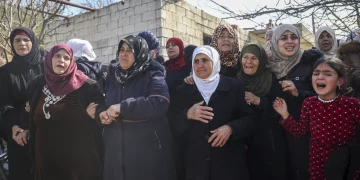Berhampur: Odisha’s only Braille Press at Berhampur, which was established way back in 1986 to cater to the literary needs of the visually impaired in the state, is now all set to get a capacity boost.
The centre has been running uninterrupted despite challenges for more than three decades and is now eying to boost its capacity and reach out to more beneficiaries from across the state. As per official data, the country has only 17 Braille Press units that publish special Braille books.
“We are all set to get a pair of imported computerised Braille machines from Norway that can print around 1,900 Braille script pages per hour. The machines come with specialised computer software which can automatically convert English and Hindi letters into Braille scripts,” said Prakash Rath, the in-charge of the Red Cross Computerised Braille Press Centre at the City Hospital Road in Berhampur.
The centre has been publishing lakhs of primary and secondary books, calendars and also special ballot papers for the visually impaired and is currently operating with two imported manual Braille machines from Germany. One of these machines creates a metal page of the script by hitting hard pins, while the other one prints from the monotype metal plates.
Rath said that the press also has a computerised Braille printing machine that does not require making separate metal plates. However, this machine has certain limitations. “We have two imported computerised Braille printing machines which print on paper directly from a computer. However, it does not support Odia language though it can automatically convert English, Hindi and Gujarati into Braille script. We need to feed the translations manually. It also has a lower printing speed as compared to the manual Braille printing machine.”
The Belgium machines print 20,000 pages per hour, but are less durable, while the new Norway machines that are slated to arrive soon can print 19,000 pages per hour but are more durable, he said.
With poor manpower and low wages, the centre is working overtime to produce more textbooks and other printed materials for the visually impaired. The workers here are now seeking better wages and additional manpower to produce more Braille books. The centre is still working partially from a building that was constructed way back in 1908 and is in a dilapidated condition.
With Central assistance for modernisation of the Braille Press and with financial assistance from the Social Security and Empowerment of Persons with Disabilities (SSEPD) department, the centre is now set to get a new and bigger building, in addition to assistance for the new imported Braille machines. Rath claims that no Indian manufacturer has been able to make sustainable Braille machines so far and most of the Indian Braille press still depends on imported machines.







































